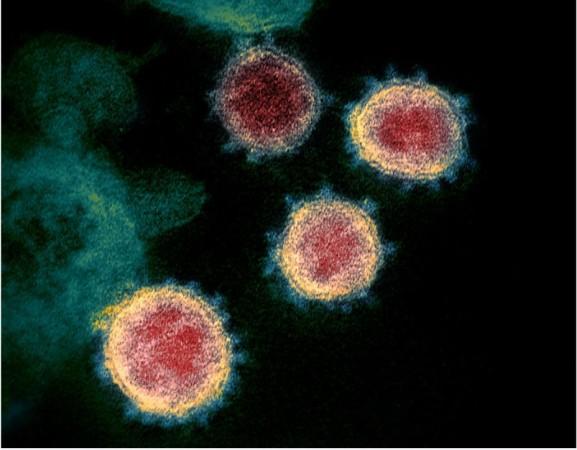With COVID-19 outbreak killing over 5,400 people globally, researchers have identified how quickly the novel coronavirus can spread and that the time between cases in a chain of transmission is less than a week and that more than 10 per cent of patients contract the virus by an infected person who hasn't yet shown symptoms.
In a study, published in the journal Emerging Infectious Diseases, the research team from the US, France, China and Hong Kong were able to calculate what's called the serial interval of the virus.
The methodology of the study
To measure serial interval, scientists looked at the time it takes for symptoms to appear in two people with the virus: the person who infects another, and the infected second person.
"Our findings are corroborated by instances of silent transmission and rising case counts in hundreds of cities worldwide. This tells us that COVID-19 outbreaks can be elusive and require extreme measures," said the study's researcher Lauren Ancel Meyers, Professor at the University of Texas in the US.

According to the researchers, the speed of an epidemic depends on two things -- how many people each case infects and how long it takes cases to spread.
The first quantity is called the reproduction number; the second is the serial interval. The short serial interval of COVID-19 means emerging outbreaks will grow quickly and could be difficult to stop, the researchers said.
What can be done?
"The data suggest that this coronavirus may spread like the flu. That means we need to move quickly and aggressively to curb the emerging threat," Meyers added.
For the study, the research team examined more than 450 infection case reports from 93 cities in China and found the strongest evidence yet that people without symptoms must be transmitting the virus, known as pre-symptomatic transmission.
According to the study, more than one in 10 infections were from people who had the virus but did not yet feel sick.
Previously, researchers had some uncertainty about asymptomatic transmission with the coronavirus.
This new evidence could provide guidance to public health officials on how to contain the spread of the disease.
"This provides evidence that extensive control measures including isolation, quarantine, school closures, travel restrictions and cancellation of mass gatherings may be warranted," Meyers said.
The researchers pointed out that with hundreds of new cases emerging around the world every day, the data may offer a different picture over time.














